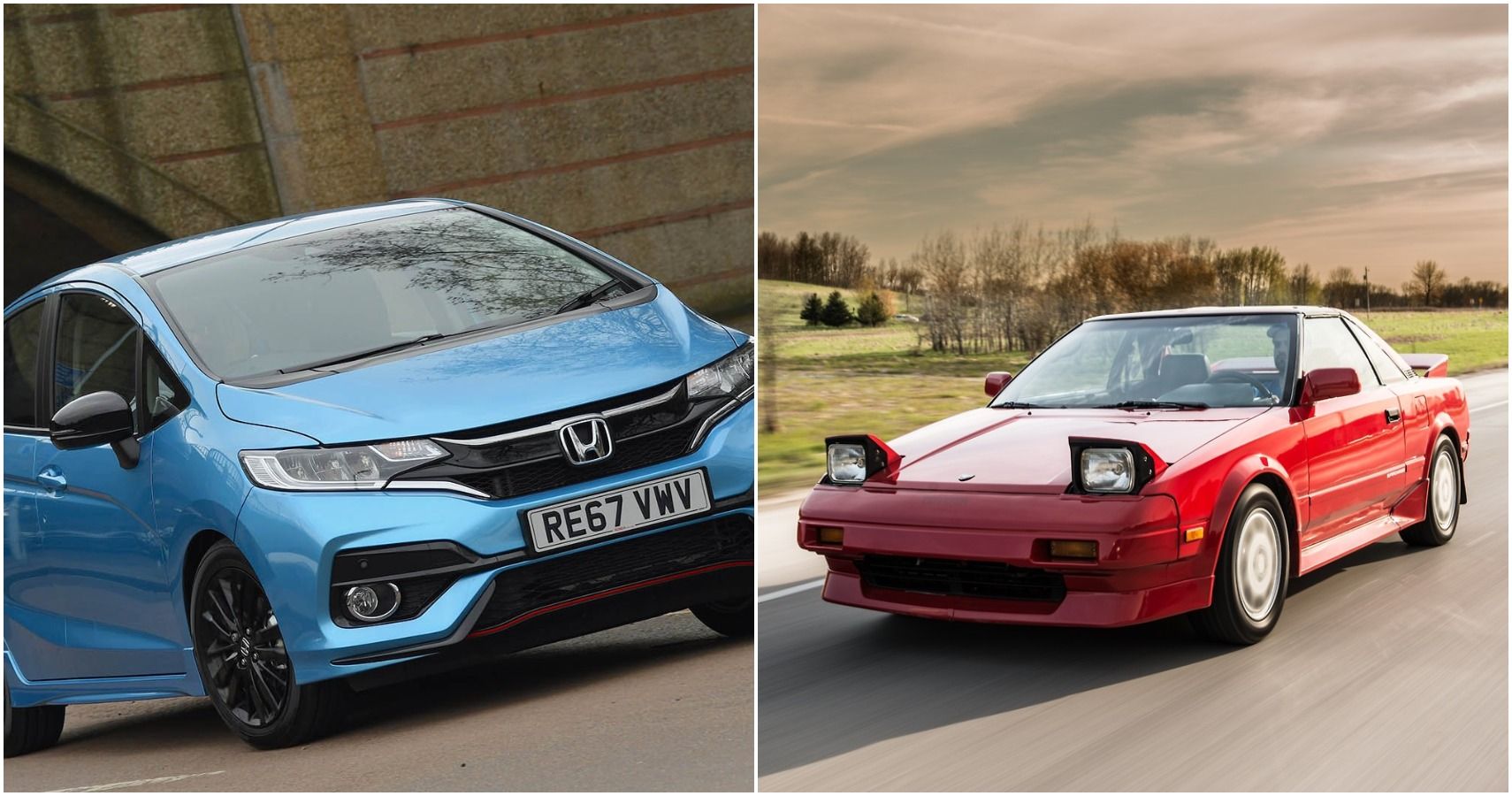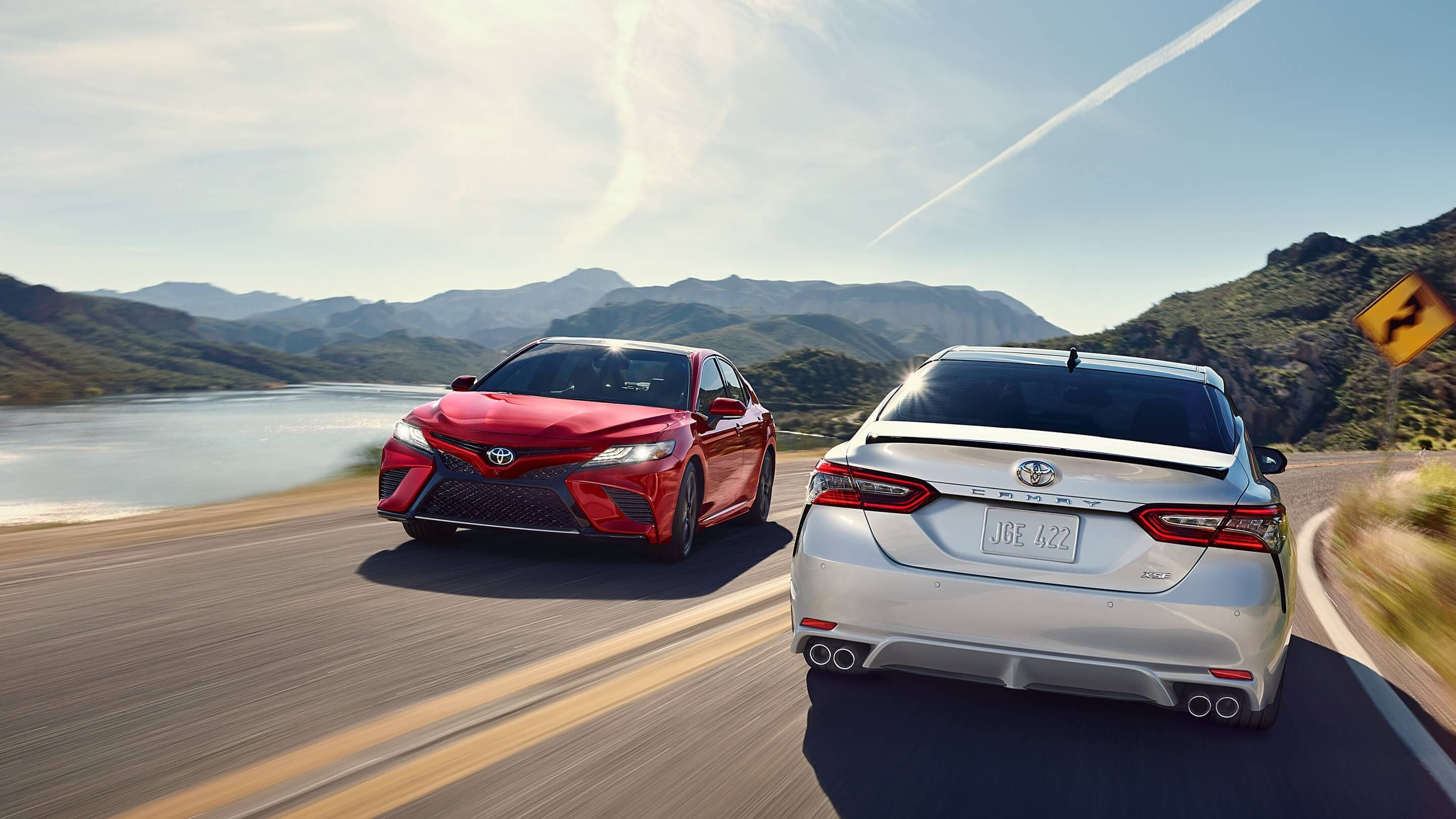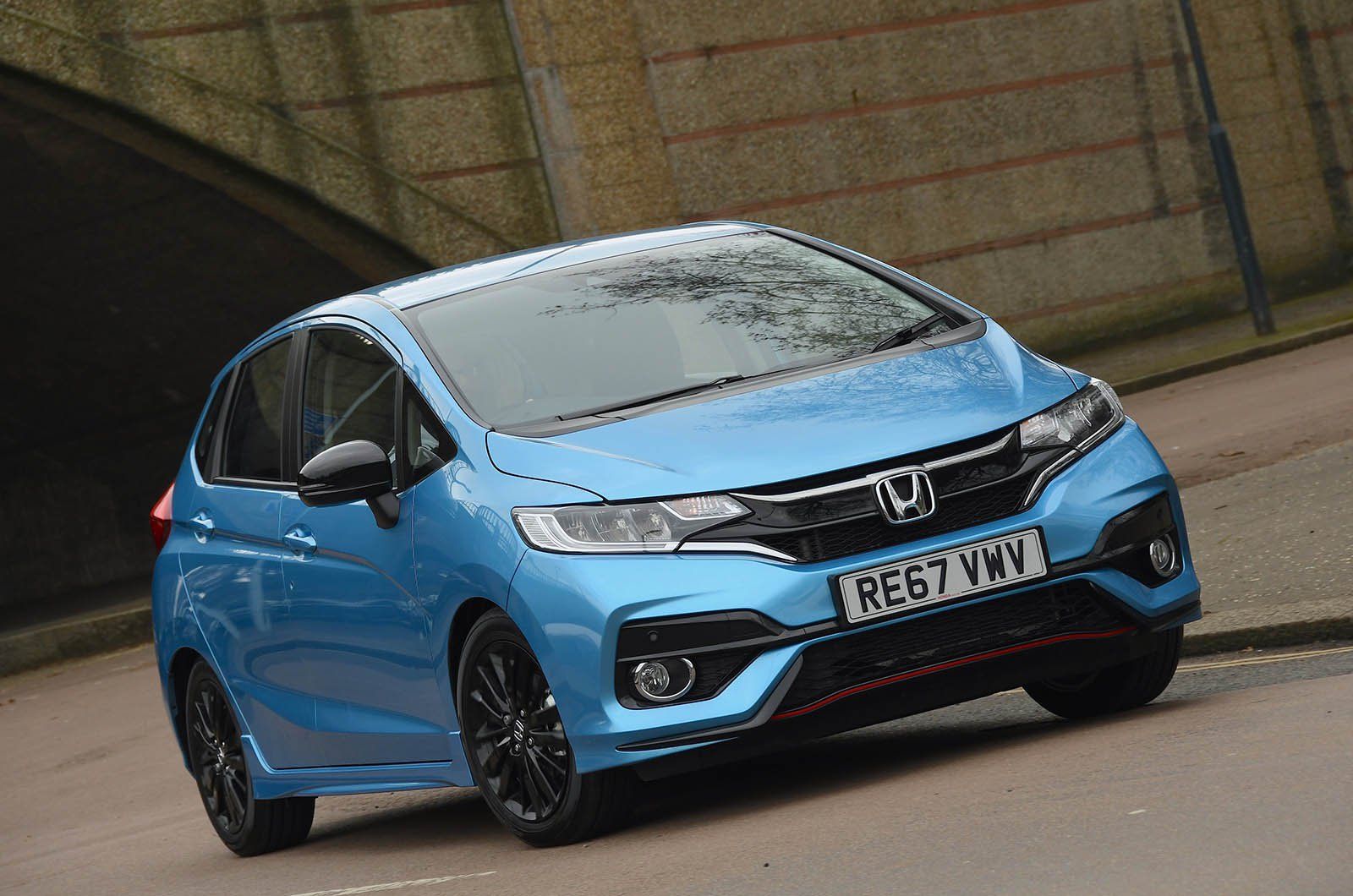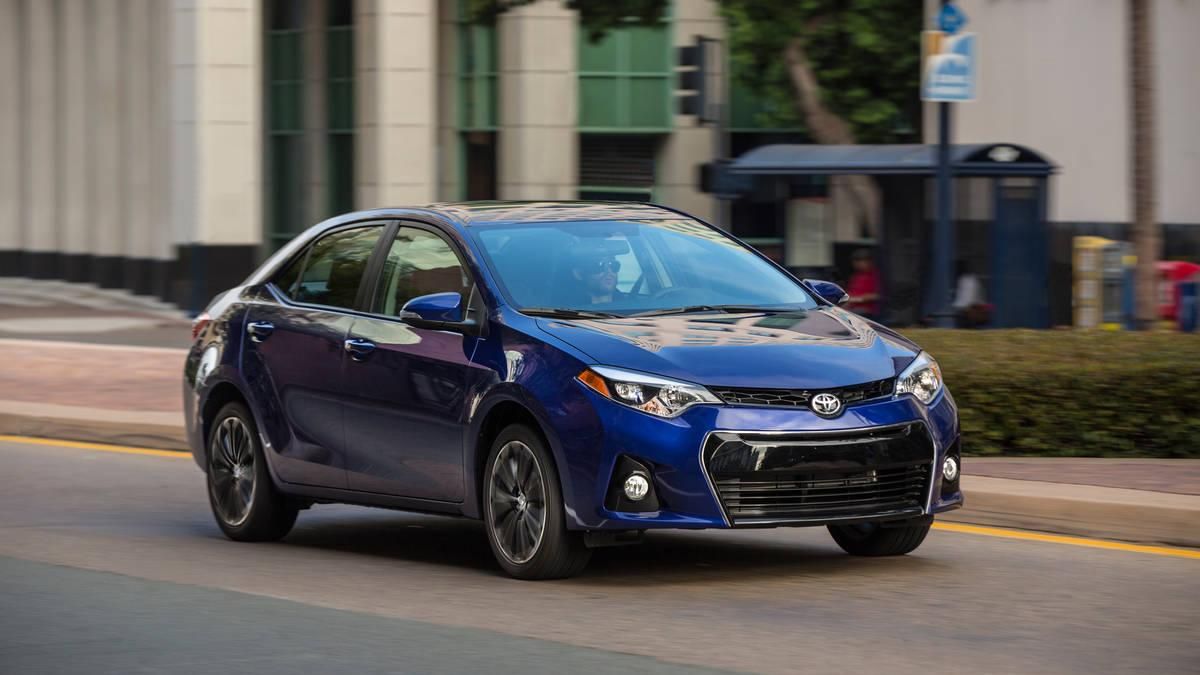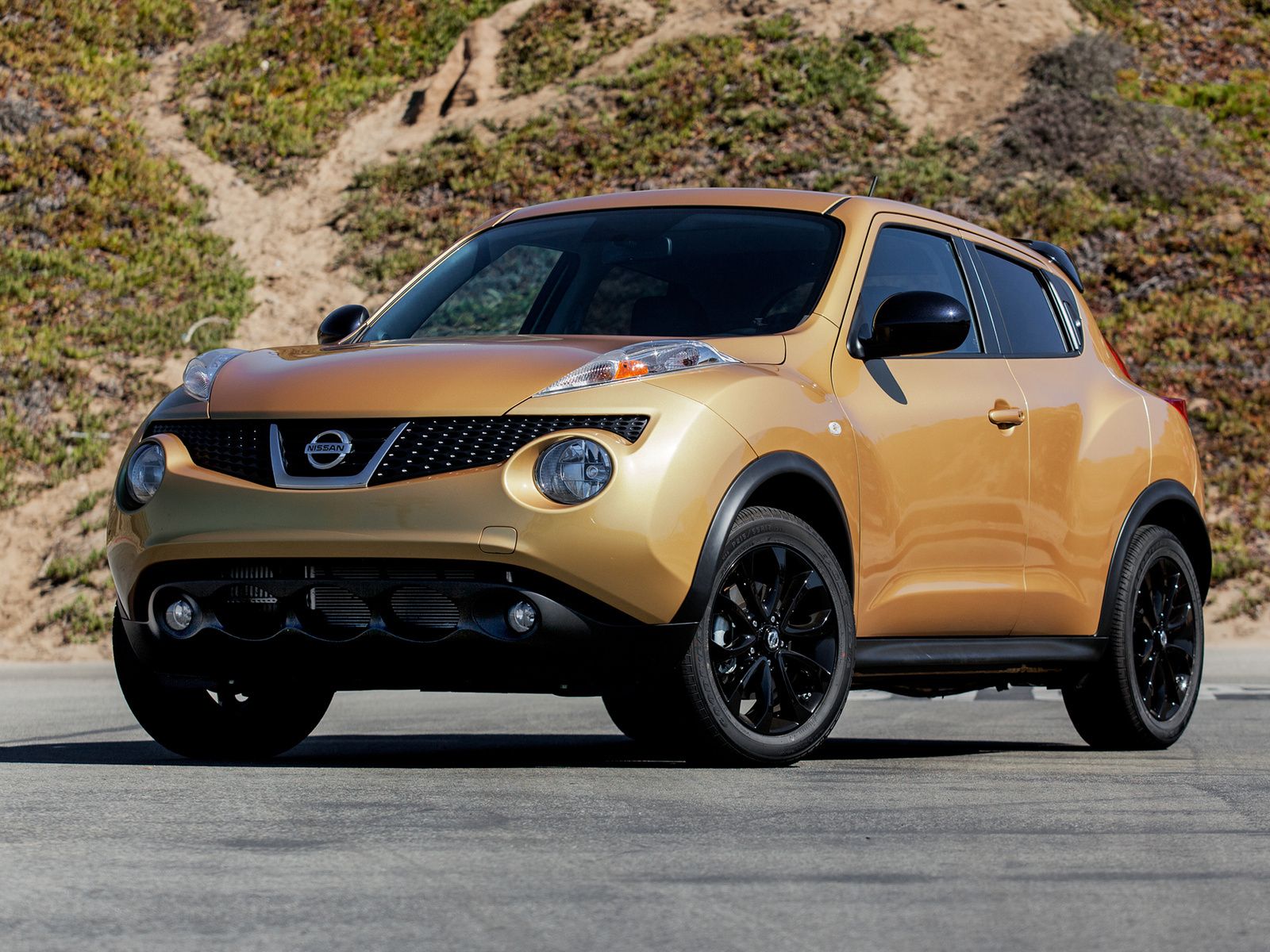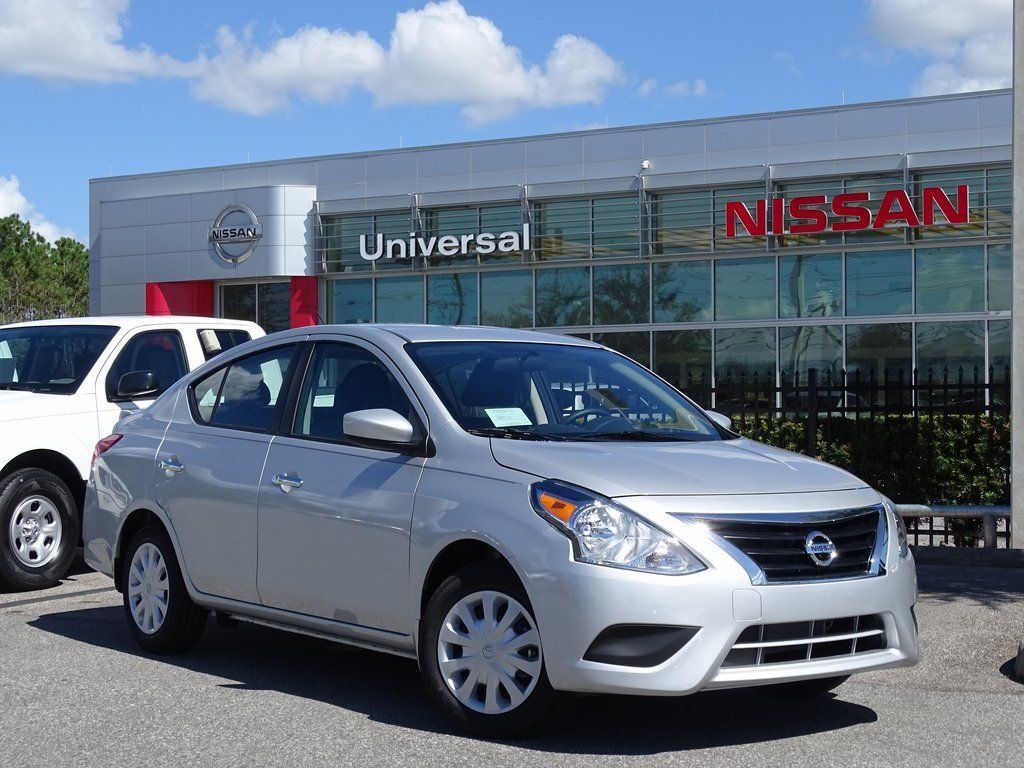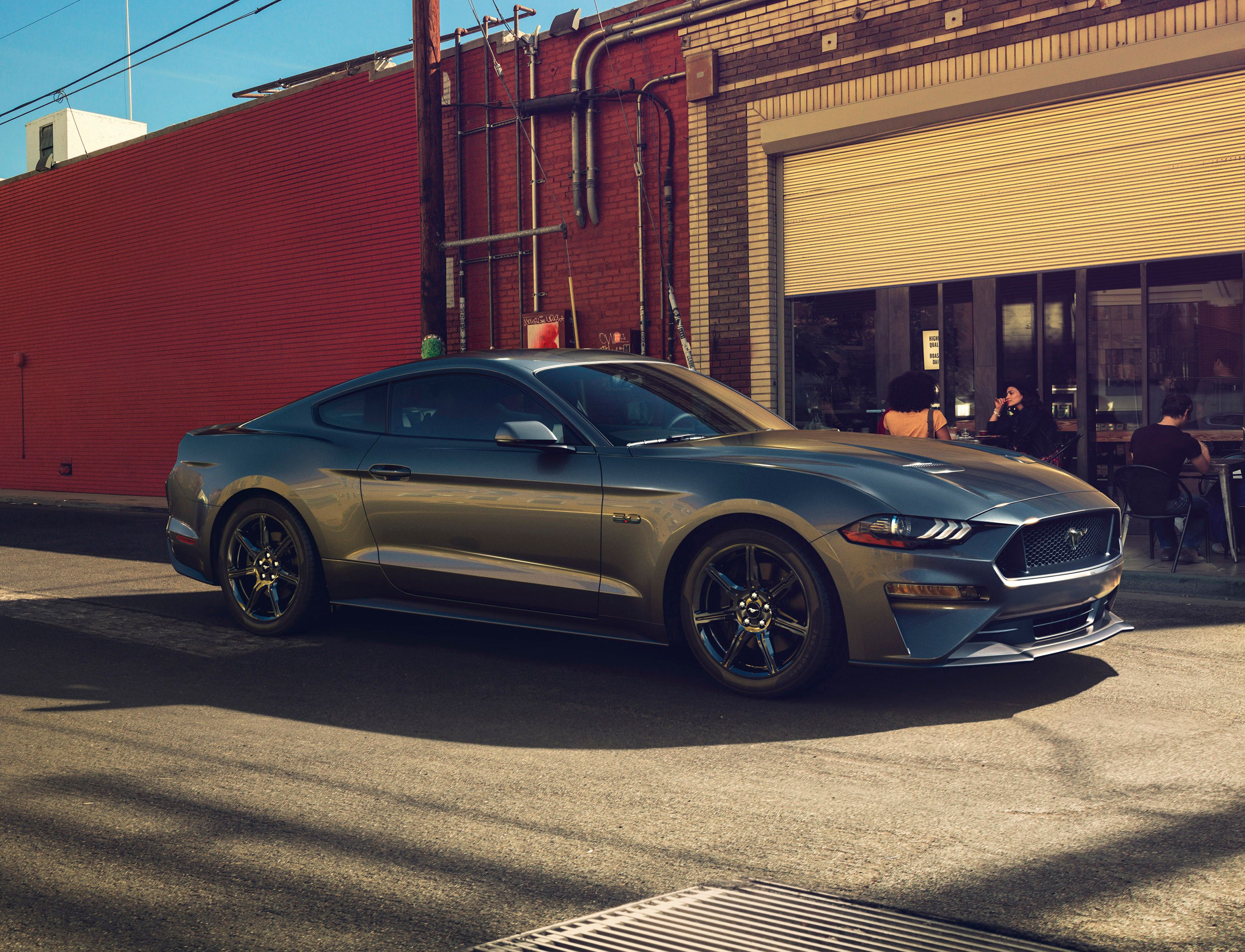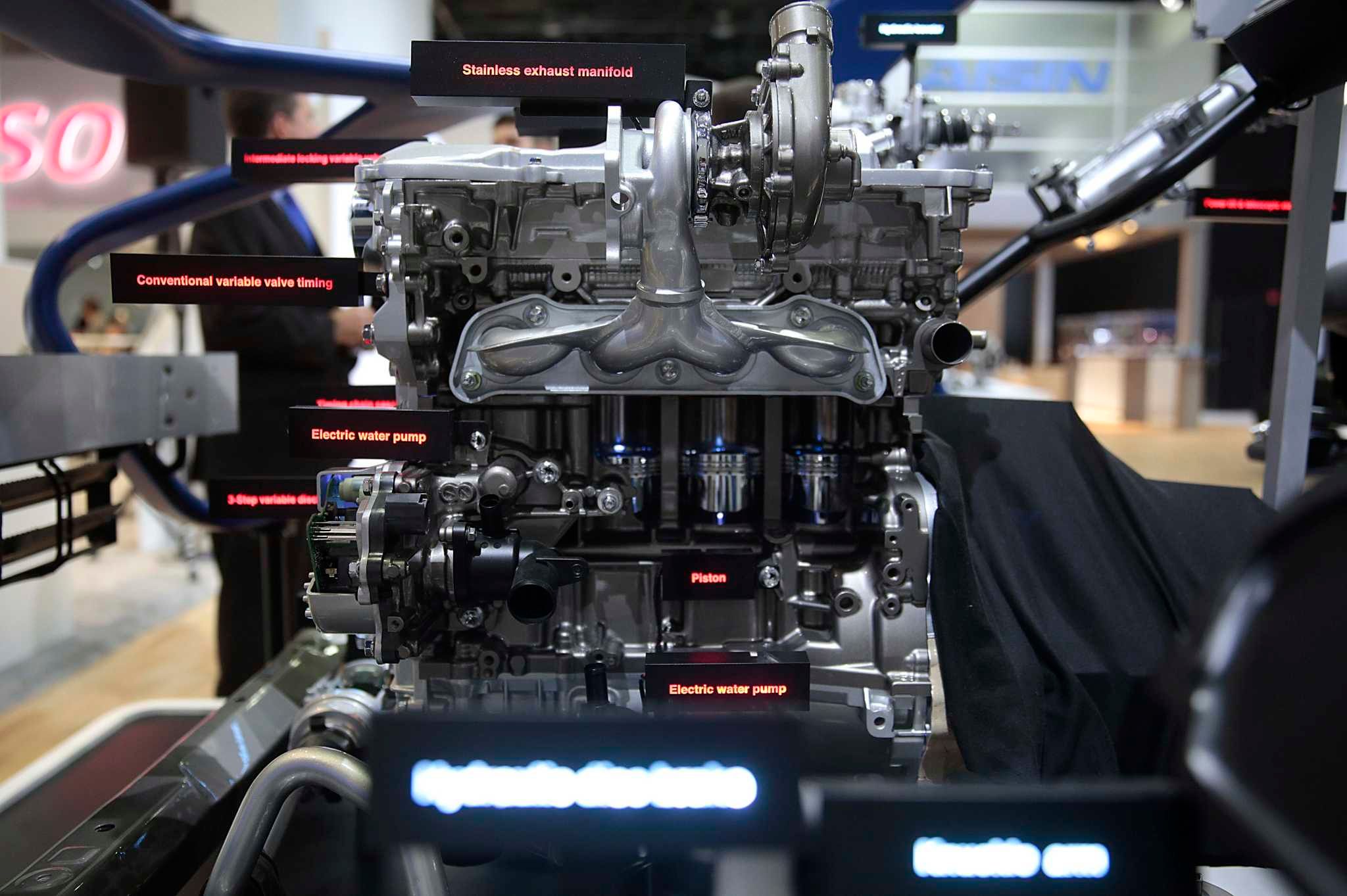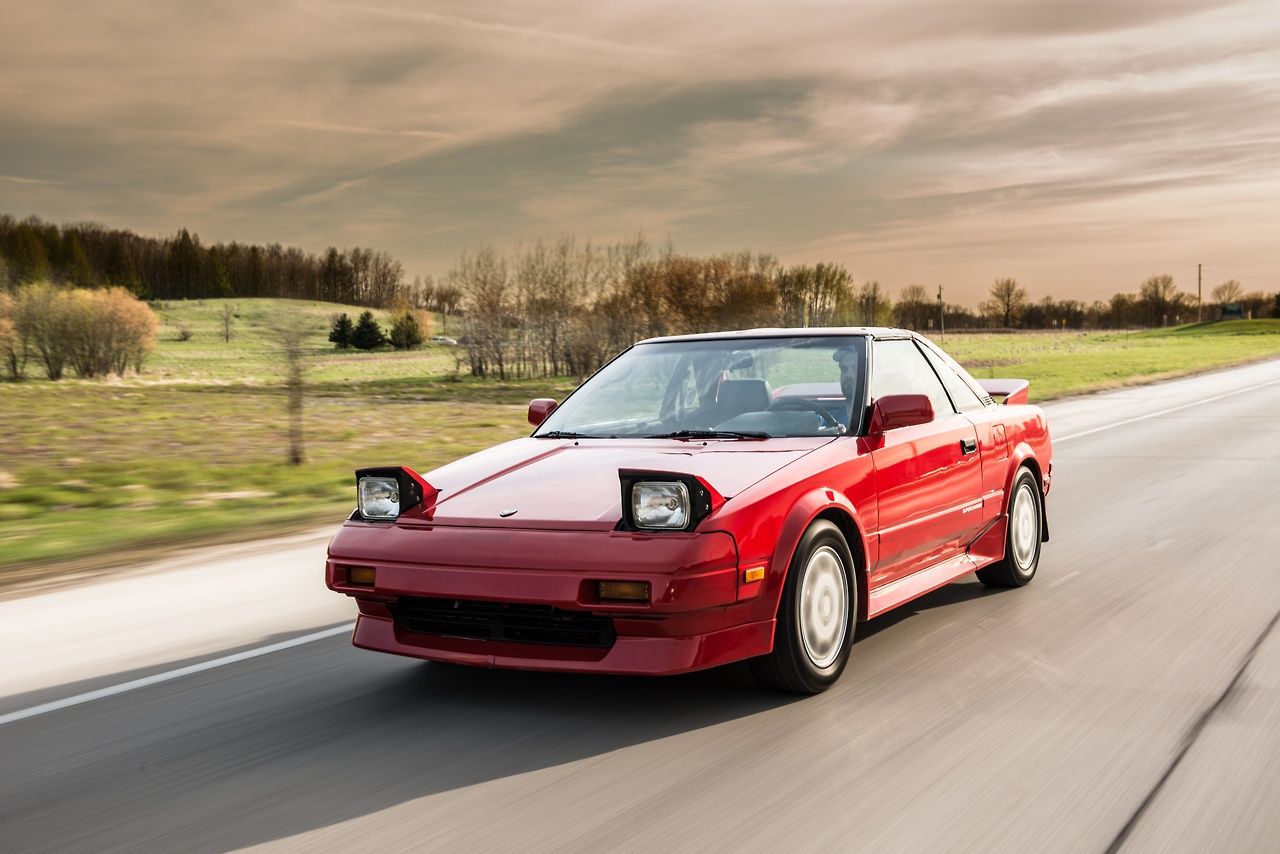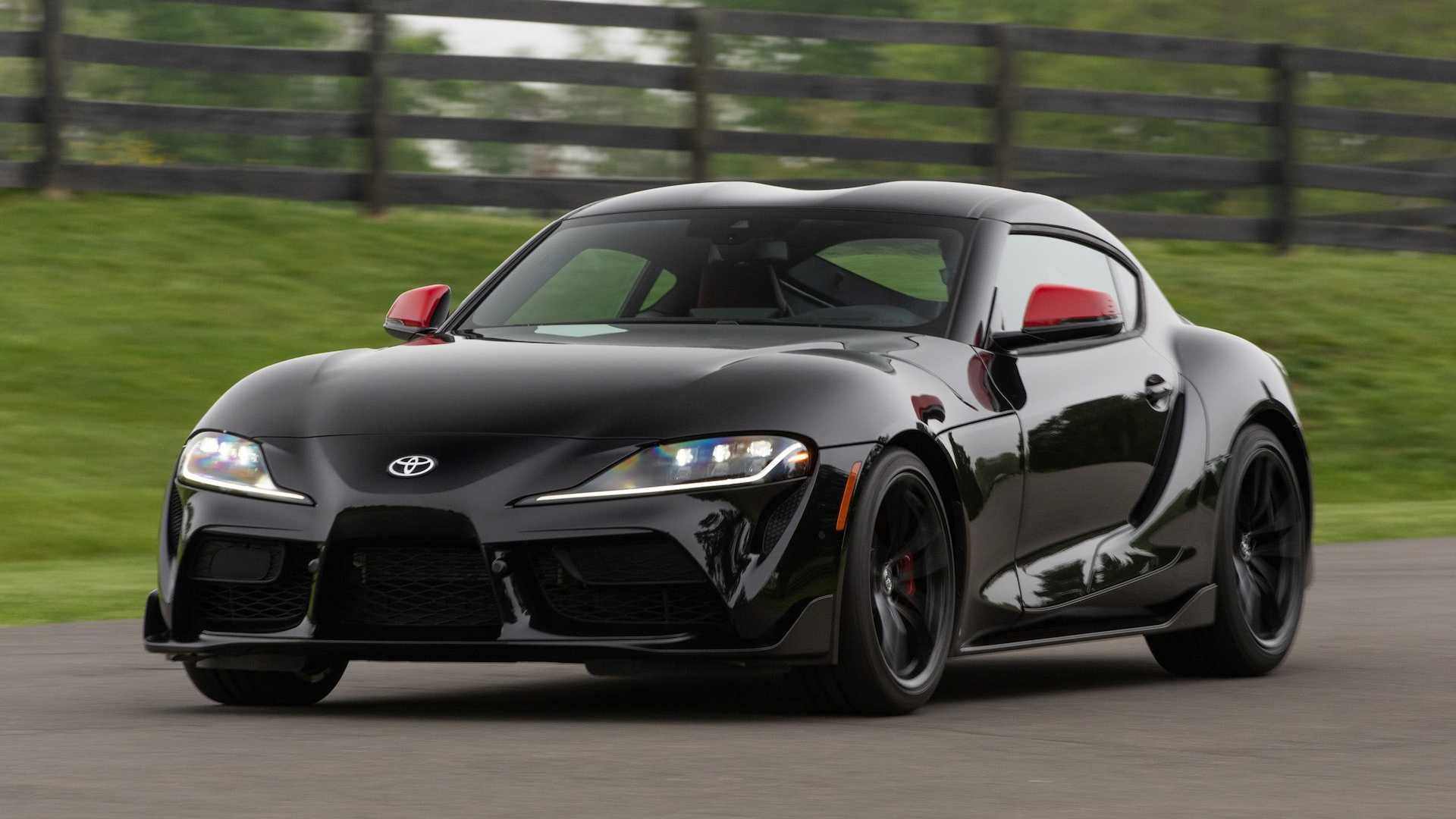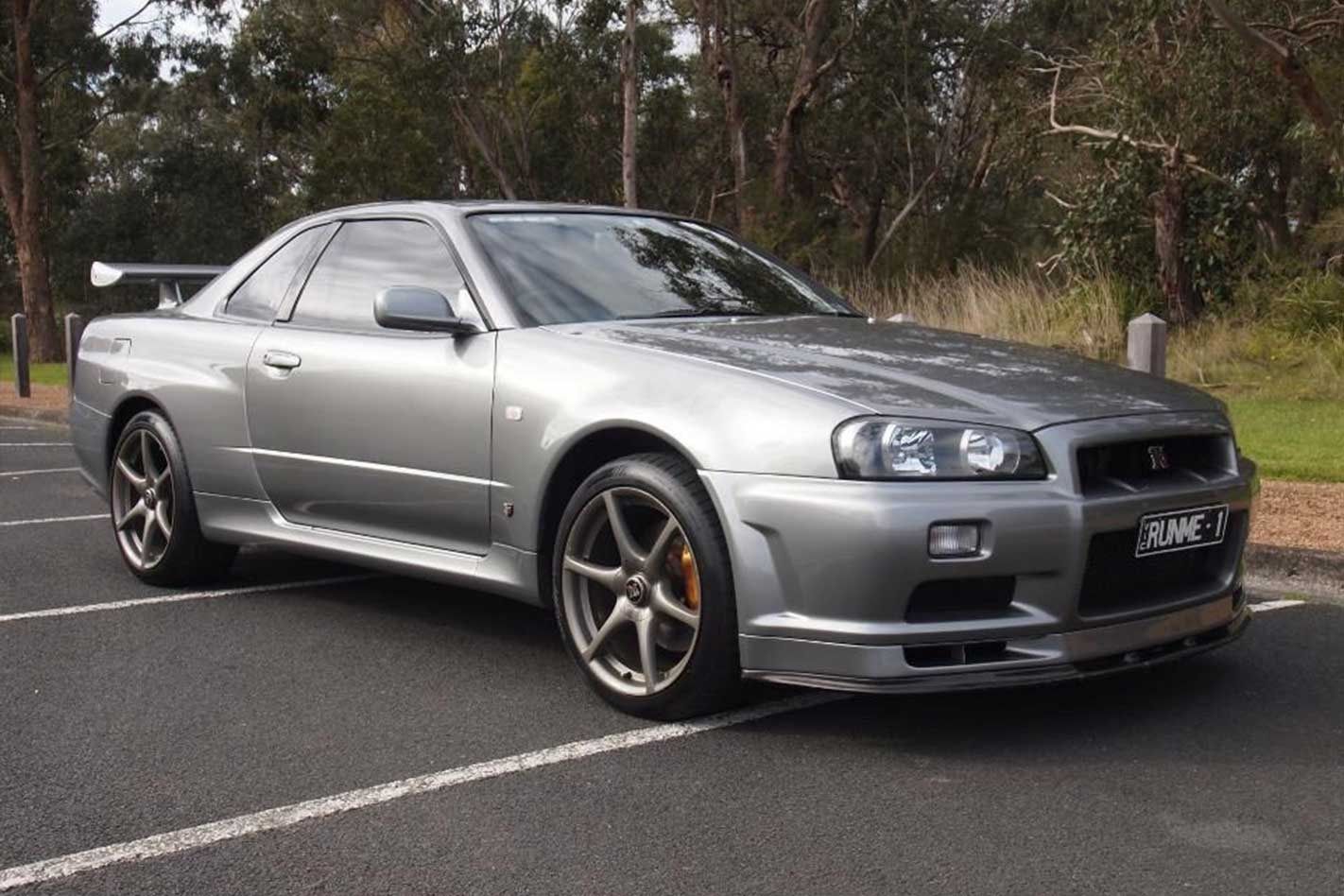Japan is one of the largest exporters of goods on the globe. They create everything from unique foods, animated television shows, and even automobiles. As a matter of fact, Japan has many drivers throughout the world that prefer Japanese vehicles to their own domestic alternatives. But, what makes them so special?
Why do so many flock to brands like Nissan, Toyota, and Mazda? Well, to properly answer this, it’s best to compare and contrast. More specifically, what separates Japanese cars from their American competition? And why you should/shouldn’t invest in one yourself.
10 Better: They’re Reliable
When you hear about Japanese cars, you may encounter several things. However, one thing you are almost certain to never come across is the claim that Japanese built cars are unreliable. This is due to the fact that that’s false in a large number of circumstances.
Some of the most reliable and well-built cars (According to sources like MotorTrend, Car & Driver, and so on) tend to be those of the Japanese variety. For example, Toyota is hailed by many motorists to be some of the most dependable cars on the market today. This is due to a lot of factors like their cheap parts and lack of breakdowns.
9 Worse: Too Small
Americans are often criticized by the rest of the global community for their love of large vehicles. Americans enjoy comfort and ease of access, so when a vehicle is too small for their liking, it doesn’t go unnoticed.
The Japanese like compact and simplistic tools that serve the purpose of going from A to B. They are not bothered by things such as large trucks, massaging chairs, and other accessories, rather, function over form. So, for those who like to have plenty of room to stretch out and relax in, the American market will most likely suit your tastes more adequately.
8 Better: Great Fuel-Economy
Ever since Toyota’s launch of the Prius, it seems as though car manufacturers all over the world have fought to make their cars as fuel-efficient as possible. Not just to save money, but to save the environment and help future generations. Although, few countries do as well as Japan in this particular department.
As mentioned previously, the Prius was a revolutionary step towards Hybrid technology and a greener future. With the success of their vehicles, Japanese carmakers have made it their duty to make cars that save money and produce less harmful materials in the process.
To see an example of how hard they’ve worked, look to Japan’s vehicle line-up. Upon close inspection, you may notice the staggering level of M.P.G. on most of their vehicles and the vast selection of hybrid alternatives. Needless to say, if you value green-related causes, Japanese cars may just be the perfect route for you to take.
7 Worse: Not As Stylish
As Americans, we like to over embellish at times. The idea of a big, flashy, presence gets Americans excited over the luxury, status, and looks of such things. This doesn’t end at clothing, though, but it extends to our automotive preferences too.
Back in the ‘90s, Japan made some of the best looking and stylish cars on the market. Nowadays, though, Japanese cars have become tamer. Resembling that of standard daily drivers or sedans rather than racecars or flashy weekend vehicles. American brands, on the other hand, still relish in this consumer desire and work hard to continue producing stylish and affordable vehicles like the Mustang, Challenger, and so on.
Even though there are Japanese cars that offer the same, the number of those available to worldwide markets is limited by comparison. So, if looks are the end-game, then American may be the way to go (If you don’t want to spend hundreds of thousands on European ones).
6 Better: They’re Affordable
Critics of Japanese cars may say many things: “They’re ugly. They’re slow. They’re not helping the domestic economy.” However, one thing that they almost never say is that they are too expensive.
Japan has truly nailed their production and pricing models. They make reliable vehicles that also don’t break the bank. In places like Europe, the same thing can’t be said for their cars, as most that are decent end up costing a pretty penny. Japan, on the other end of the spectrum, manages to make a both a good car and a cheap one too.
This aspect is especially important for those who don’t have as much disposable income or are new to the driving scene.
5 Worse: Less V8’s
Once again, American tastes differ heavily from those of individuals around the world. Where Japanese drivers appreciate quiet and comfortable rides around the city streets, Americans favor powerful, big-boar, V8’s that scream anytime you touch the gas.
Sadly, though, the Japanese Domestic Market (J.D.M.) vehicles usually don’t agree since most come with either four-cylinder turbos or six-cylinder versions. There aren’t many V8’s. You can still find incredibly fast cars, though, just don’t expect any to be around the caliber as a Shelby Mustang or Hellcat Challenger.
4 Better: Cheap Parts
On the road, a motorist can encounter several problems. One of the most critical of these being a broken component that leads to a need for repair. Thoughts begin to swirl about how much it will cost and if the repair itself is even worth the trouble. Not with Japanese cars, however.
Some of the most affordable parts and repairs are those associated with common Japanese vehicles. Often times, auto-shops will offer their services for a lower price depending on the make and model of the car, especially if it’s a standard Nissan or Toyota.
3 Worse: Don’t Hold Their Value
Buying a new car is an exciting experience. The feeling of having something fresh and different compels many to buy a brand new vehicle instead of a slightly used on. The sad part of this, though, is how little Japanese cars hold their value.
Due to the large number of cars produced and cheap costs, Japanese vehicles don’t usually hold their value as well as certain American competitors. This isn’t because they are worse vehicles necessarily, but the fact that they are so common and constantly being improved upon leads some cars to start at around $30,000 only to fall to less than $10K within a matter of years.
This same thing can be said for American cars too. However, theirs is to a much less drastic extent, especially when talking about more exotic models like Corvettes and Mustangs.
2 Better: Amazing Build Quality
As stated at the very beginning, Japanese cars are (typically) very reliable cars; especially in terms of everyday use, such as going to the grocery store or cruising around town.
Even though their parts are cheaper and the car itself is more affordable, that doesn’t necessarily mean that the car will be less than average. Surprisingly, it seems to be the opposite for Japanese cars. Japanese engineers work tirelessly to make vehicles that are the best of both worlds: An affordable M.S.R.P. and components that won’t rust away in a matter of years.
1 Worse: May Become Illegal
For true fans of J.D.M., the best cars aren’t even accessible to them. What does this mean? Well, international laws regarding safety and environmental regulations vary greatly between each country, chiefly those between America and Japan.
Back in the 1990’s, cars like the Toyota Supra, Nissan GTR, and others were initially allowed into the states before being deemed illegal. This was because of rollover regulations, emissions, and safety concerns. Although, it was still good enough for almost every country besides America.
Take that into consideration when buying a foreign car. You never know when something may receive a recall or be deemed unfit for the road. Obviously, this won’t happen for cars made in the U.S.A. though, since they have to meet our standards to even be on the road to begin with.

